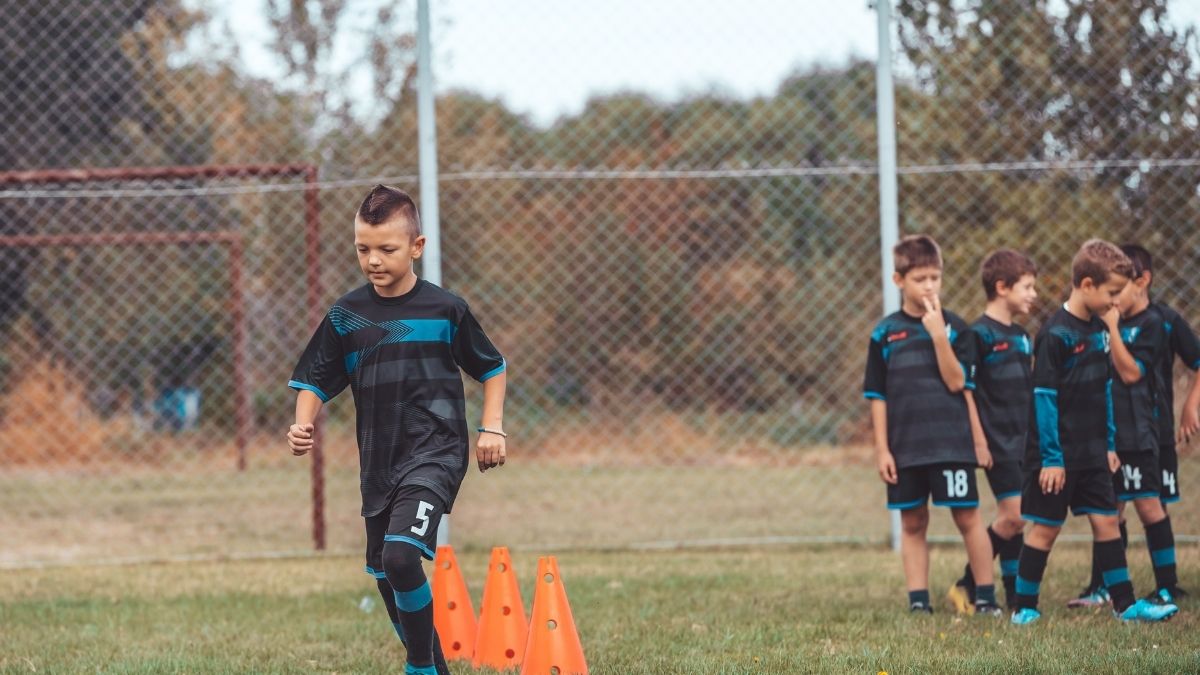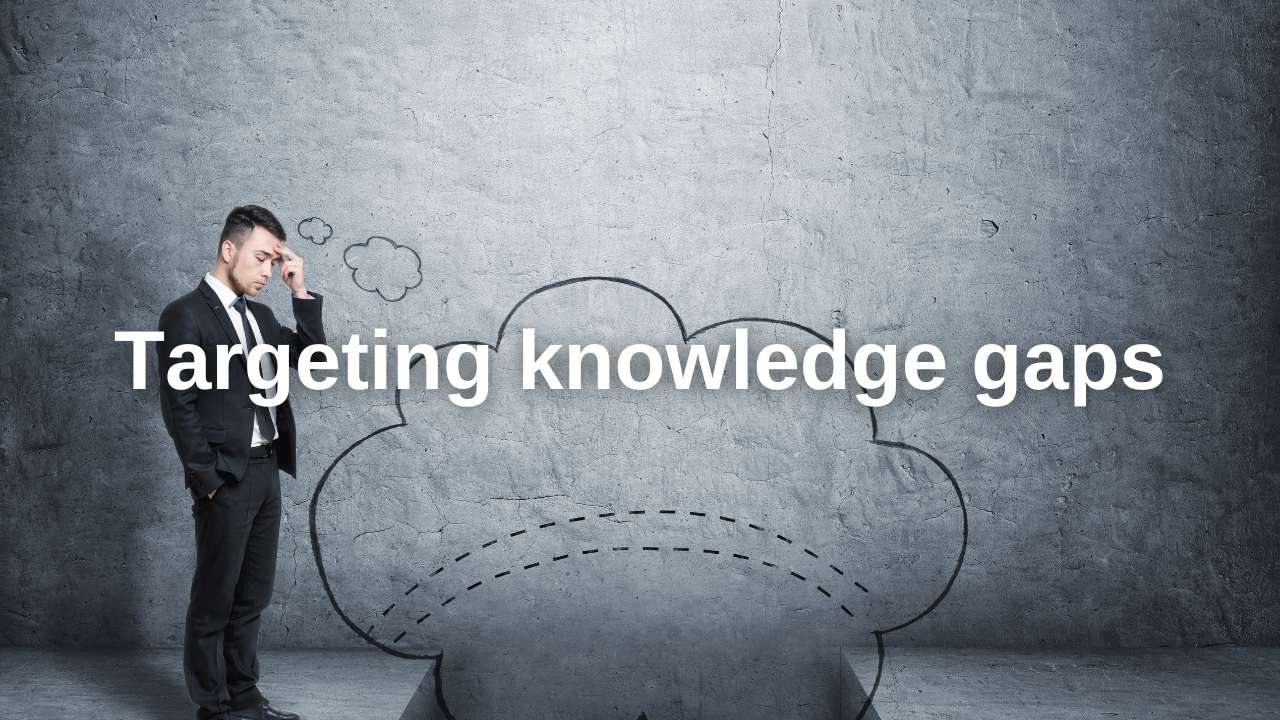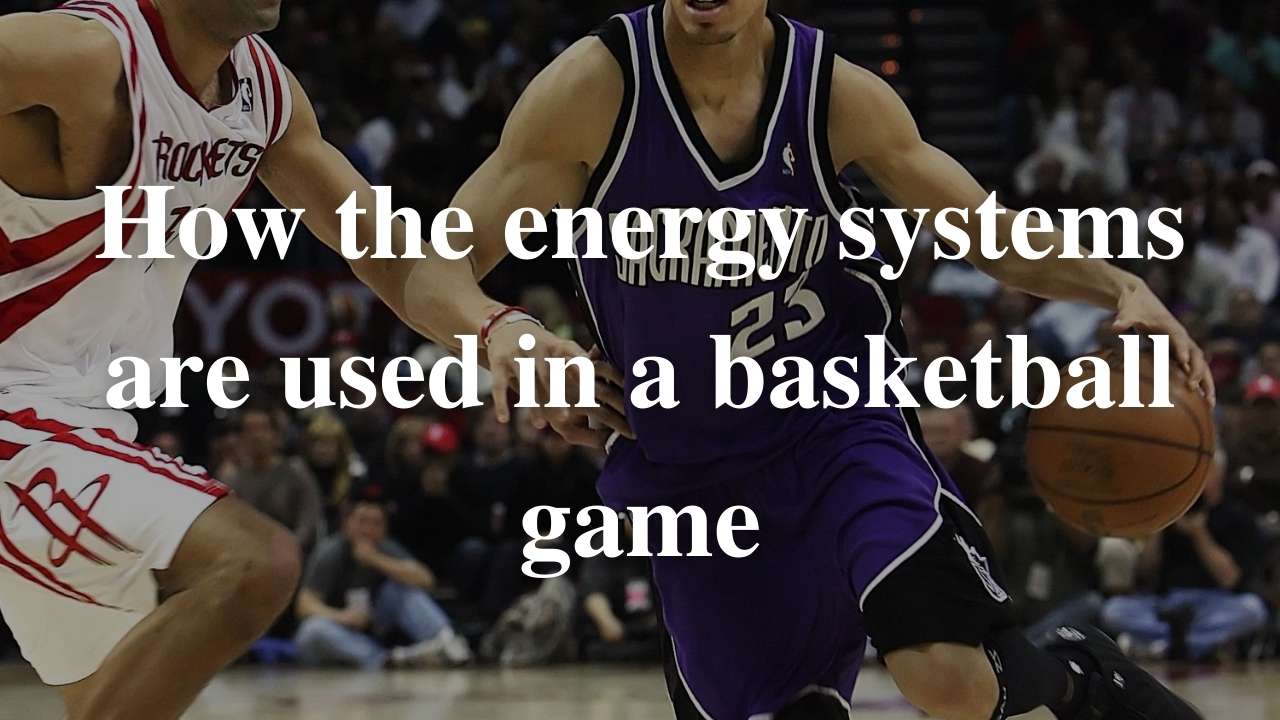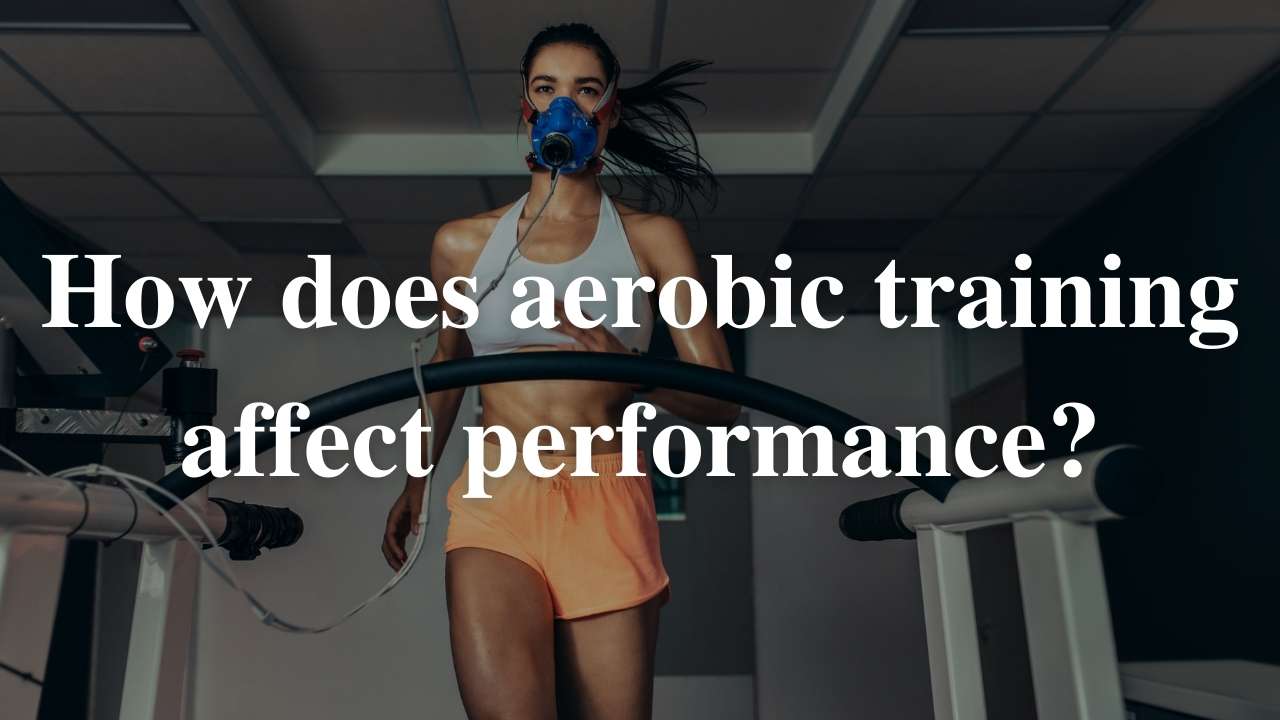The characteristics of the learner impact how instruction is given to help the athlete learn a new skill. In HSC PDHPE the characteristics listed are:
- personality
- heredity
- confidence
- prior experience
- ability
Personality
Personality is the characteristic way that someone behaves, thinks, and feels. Athletes who have positive thoughts about themselves and a skill will require less encouragement from the coach to complete drills to acquire the skill. If the athlete lacks motivation and punctuality the coach will need to adapt to this. Ensure they are reminding the athlete of key times and frequently providing encouraging words to help the athlete complete the training and acquire the new skill. If the athlete is characteristically happy and energetic the coach can ensure training is “fun” to help ensure the athlete stays motivated, however, is the athlete is very serious all the time the coach may instead choose to provide the reason, data, and justification for drills to help the athlete achieve the desired results.
Heredity
An athlete’s heredity characteristics are those genetically inherited from their parents, including gender, race, muscle type, and somatotype (body type). This impacts training instruction in a few ways. Firstly, the coach may use examples of successful athletes to watch as part of the instruction and the closer the more successful athlete resembles the one being trained the greater impact it will have on the athlete. Different body shape, including the general characteristics of a man or woman’s body can impact how you teach some skills. Body shape and size can greatly effect the forces the body exerts or absorbs. For example, a shorter larger male may benefit from a shorter run-up and less height in his bowling technique. We can also see how muscle type may impact instruction. if an athlete wants to be a sprinter but has less type 2 muscle fibres, the coach will need to spend more time working on hypertrophy of the leg muscles before training can move to speed.
Confidence
Confidence is a belief in one’s own ability and positively influences skill instruction. A confident learner, may require less instruction and observation before being allowed to attempt the skill. They may prefer more trial and error as they go. However, someone who lacks confidence may need more encouragement to give the skill a try and require being walked through the skill multiple times.
Prior Experience
Prior experience has a similar effect on instruction. If an athlete is experienced with the skill then less initial basic instruction is needed, but they may require more refining of the skill, especially if bad habits need to be unlearnt. A less experienced athlete may require more instruction on the basics, and more drills focusing on getting the core aspects of the skill right before moving on to the application in competition.
Ability
An athlete’s ability refers to the ease of performing movements and performances. if an athlete learns skills easily then they will generally require less instruction from the coach. On the other hand, if they do not have a high degree of ability for the sport or skill they are likely to require a lot of instruction and lots of specific practice for the skill before using it in competition.






